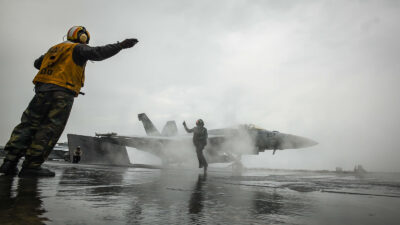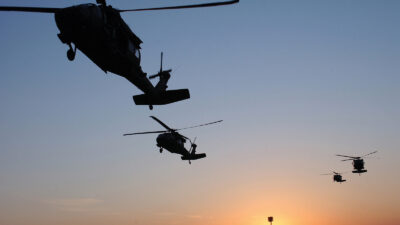Fast action on vertical lift
By Ben Iannotta|July/August 2018
I enjoy our Looking Back section because it reminds me that nations can act quickly in the technology realm when they choose to.
One hundred years ago in June, with World War I raging, Britain inaugurated the first strategic bombing force and Germany chose to rush the Fokker D.5 monoplane into production as the D.8 and start flying it before the end of the war. One could pick parallel examples from 1943, as the allies, Germany and Japan fought to decide how the world would be ordered.
Looking Back offers a juxtaposition to our cover story, in which we describe the near decade of research that has gone into the U.S. Future Vertical Lift initiative, work that is just now culminating with flights of demonstration aircraft and a desire among some to accelerate the initiative toward production.
The story captures how the U.S. military branches are thoughtfully analyzing their alternatives in the rotorcraft realm before committing to a multibillion-dollar joint program. That’s reassuring in one sense, because it means the U.S. government is not running entirely on instinct when it comes to spending tax dollars. There has indeed been time to be thoughtful, given that the U.S., while at war, is not locked in an existential fight.
The question is how much time one needs to make a wise choice. The alternatives to committing to next-generation rotorcraft were probably the same a few years ago and could have been resolved then. Time, as they say, is money, and that’s really what’s at play here, even given the Trump administration’s determination to boost annual defense spending by billions.
For whatever reason, advocates of rotorcraft often seem to have trouble carving a place in the portfolio of newly designed aircraft. In the realm of fighter aircraft, by contrast, advocates name their aircraft by generations, giving an air of inevitability that surely there will be a sixth-generation U.S. fighter, and a seventh, and so on.
The struggle to get on with building next-generation rotorcraft surprises me, given the dangerous jobs that these aircraft and their pilots do, from evacuating the wounded, to delivering supplies, to inserting and extracting special operators, to conducting reconnaissance and rescuing people at sea.
Let’s assume that if the next war comes, it is one marked mainly by dueling hypersonic weapons and sixth-generation fighter jets vying for air superiority at 30,000 feet. Even then, it’s almost certain that closer to the ground, piloted and unmanned rotorcraft will be doing the same kinds of hard work they do today. The question is whether their crews will be doing those things in next-generation versions that fly faster and farther than their forebears.








